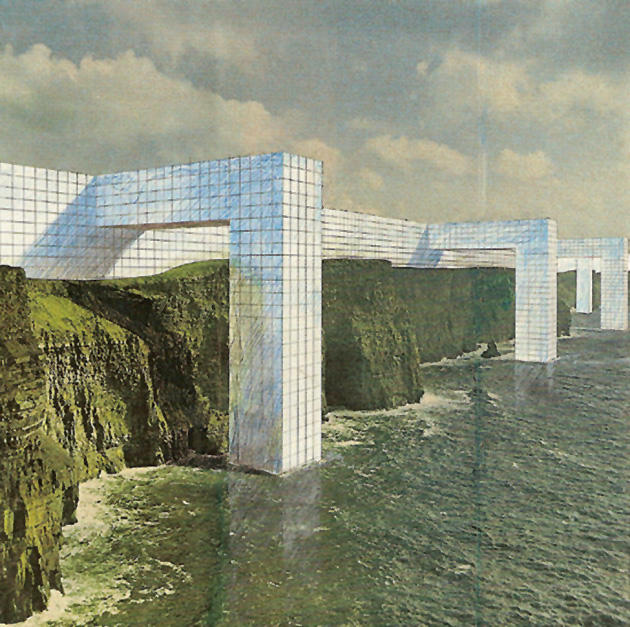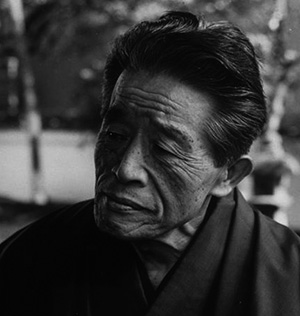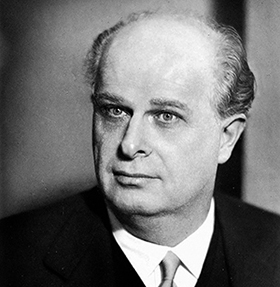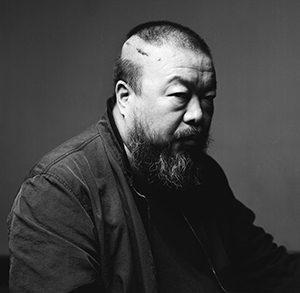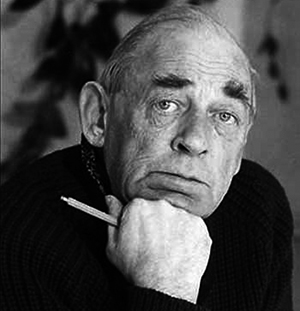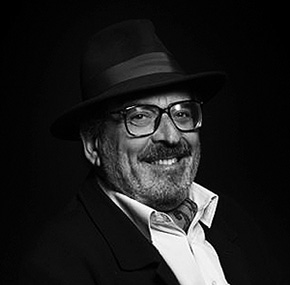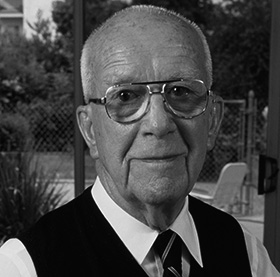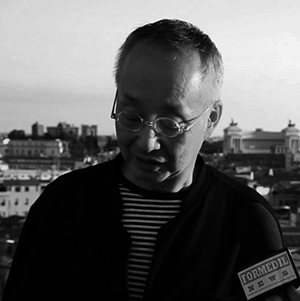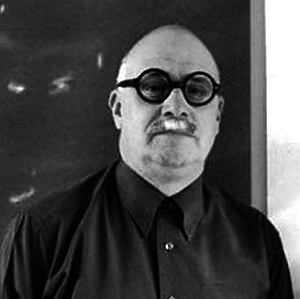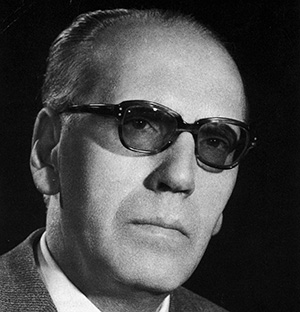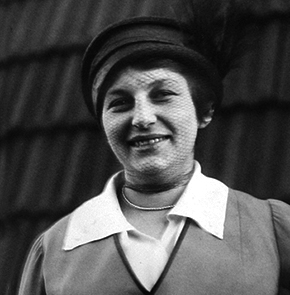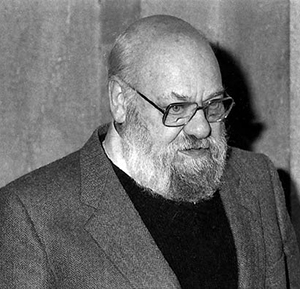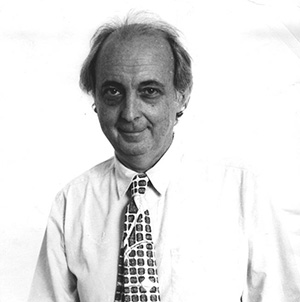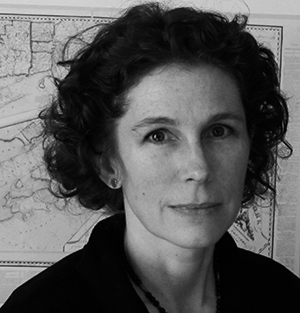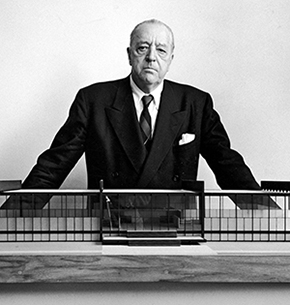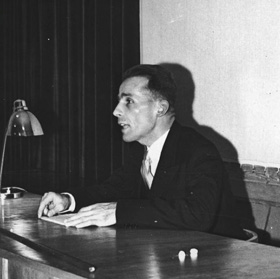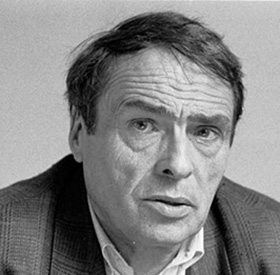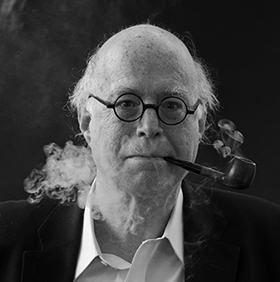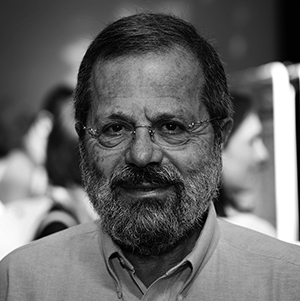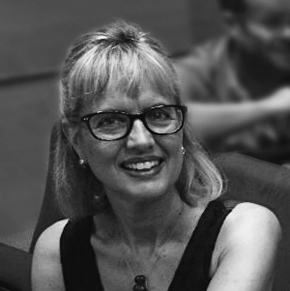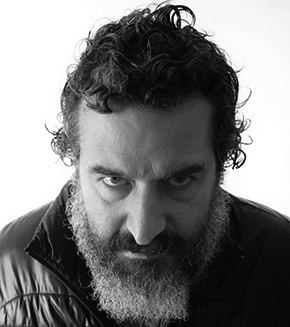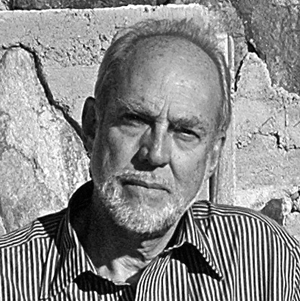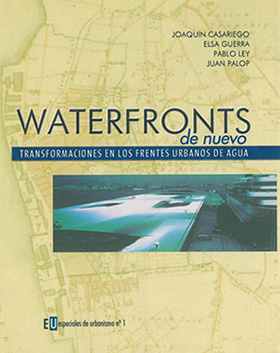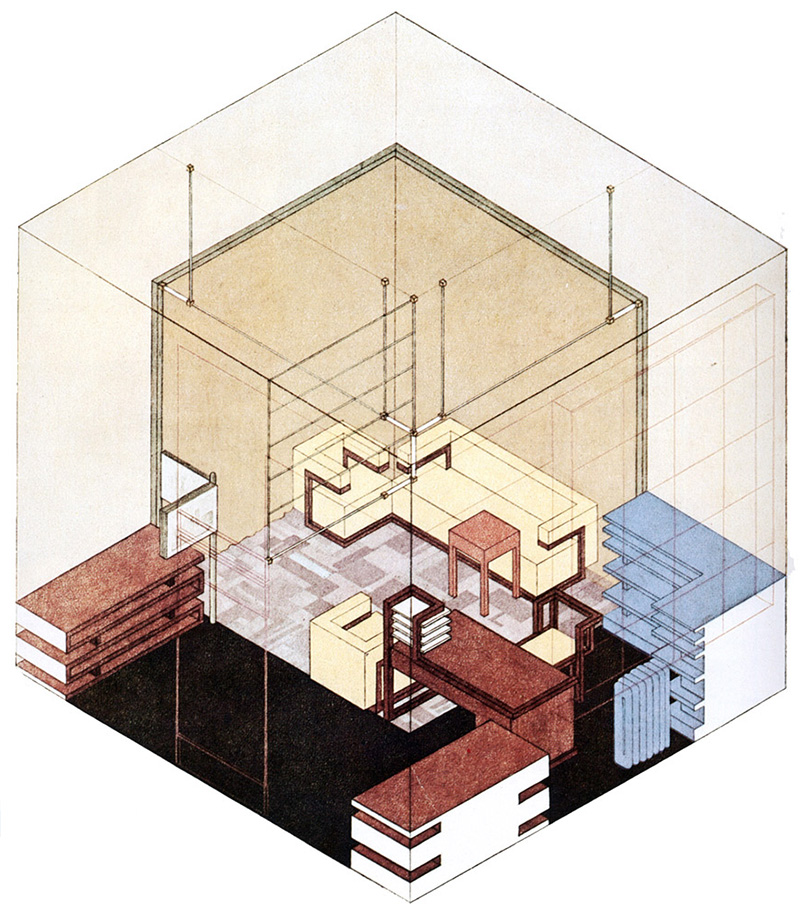 Study Design Bauhaus en'la working staff. Walter Gropius, 1923
Study Design Bauhaus en'la working staff. Walter Gropius, 1923
Teaching has imagined architecture through exhibitions is a very persuasive to get these ideas can become reality. At present such a strategy that the architects have exercised for centuries is what has dedicated this lecture series A. The. Mellon, Barry Bergdoll is giving in this time-from early April- en la National Gallery de Washington.
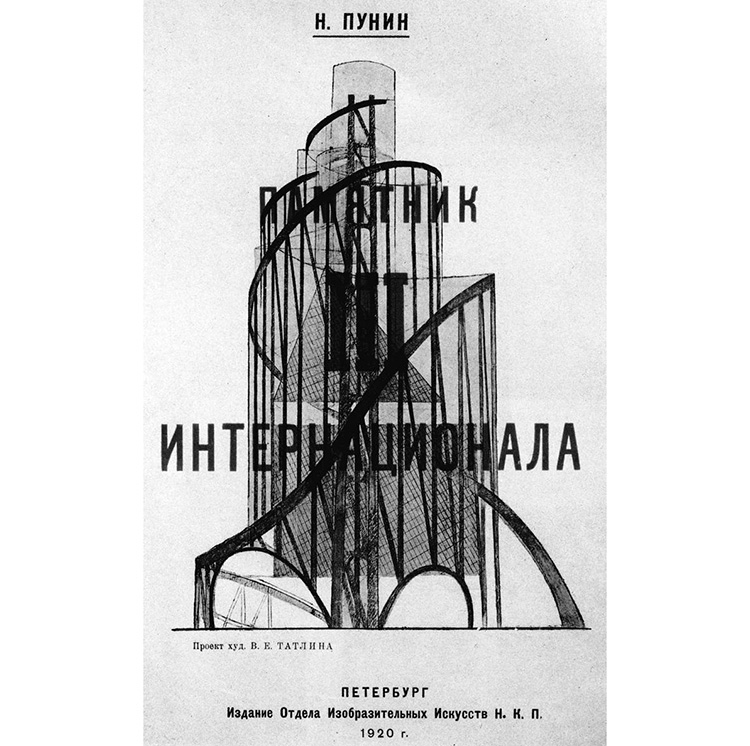 Poster Monument project representative wing Third International. VladimirTatlin. 1920
Poster Monument project representative wing Third International. VladimirTatlin. 1920
One thing enviable American culture is the practice of patronage that was instituted in the early twentieth century. Business tycoons, as John Pierpoint Morgan, Henry Clay Frick y Henry O. Havemayer among others- foundations would create personal, donate vast collections of art and huge sums for the maintenance of museums and all kinds of activities related to the dissemination of high culture. This happened also with Andrew W. Mellon one of whose donations have allowed this magnificent series of lectures on the history of architecture.
Under the title Out of Site in plain view. A History of Exhibiting Architecture since 1750: (A history of architecture exhibition from 1750), Barry Bergdoll, Chief Curator of Architecture and Design at the Museum of Modern Art in New York and a professor at Columbia University, We offer a very extensive review of the various ways that architects have used to display and sell to the public the new ideas that have emerged since the mid-eighteenth century.
In these lectures, Bergdoll has offered a huge and documented summary of work done by his team to illustrate the evolution of the ways in which architecture has been presented during the preceding centuries. An effort that would not have been possible without the financial support and sponsorship involves the donation of this great American philanthropist who was Mellon.
In this case, has been a research effort that hopefully, at least, is realized in a publication, given the enormous interest of the foregoing to the present. All you have to attend one of these conferences to understand the scope of work performed. For example, in the 5th and final conference, entitled Conflicting Visions: Commerce, Diplomacy, and Persuasion (Offside plain sight Bergdoll Professor presents the vicissitudes experienced by many architects in spreading revolutionary and contemporary alternatives, from the early twentieth century until the early 60.
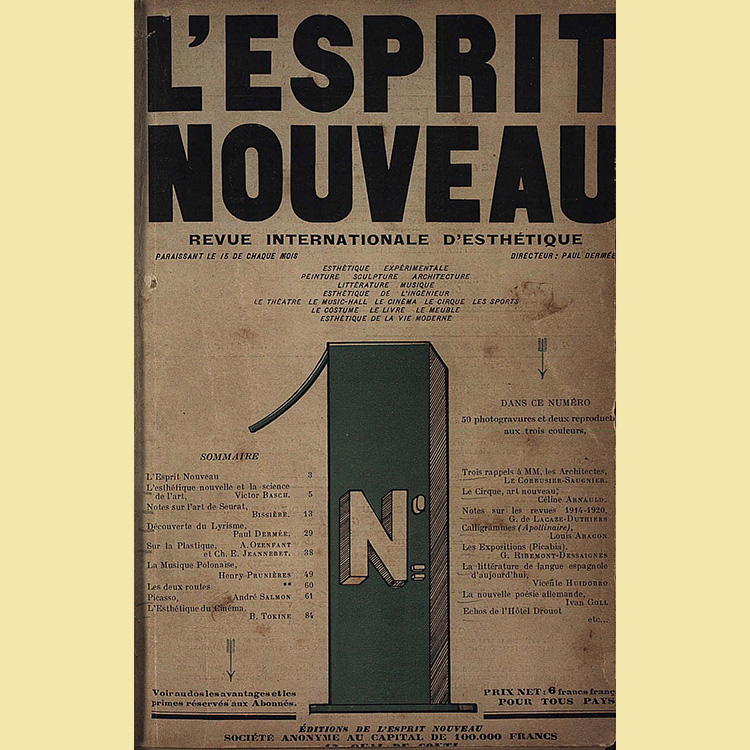 First issue of the French magazine L'Esprit Nouveau garde, published in 1920 and who would lead Le Corbusier and Amédée Ozenfant
First issue of the French magazine L'Esprit Nouveau garde, published in 1920 and who would lead Le Corbusier and Amédée Ozenfant
His argument begins with the Russian avant-garde and constructivist proposals Tatlin, Rodchenko Melnikov y, architects linked to the Russian revolution from 1920. From there, the speaker is introducing us to the many subsequent efforts to disseminate a radical opposition movements to classicism nineteenth.
As a counterpoint, the images shown in this conference, we offer amazing views and diverse the events over the following decades. They are different shapes and architectural concepts that help shape a coherent discourse through exhibitions, books, journals; all from many places as a result of the emergence of new ideas that you want to advertise. This is the case of structured lessons around the Bauhaus in Weimar and seminal character as Walter Gropius. In the account of the conference is original and unknown documents of great interest to today as the blueprint for a Cubic House Red or design Gropius himself inside his own studio in that school.
In the story chosen by Bergdoll, the course subsequent history leads to the onset and recurrence of samples called universal, as representing International Exhibition of Arts Decoratifs Industrial and Modern Paris in 1925. A meeting with numerous representative buildings and had a remarkable importance for the change in the perception of modern architecture. There are pavilions revolutionaries contrapondrían Spirit Noveau, Le Corbusier and the USSR, by Konstantin Melnikov, with visions sweetened Art Deco and the simple commitment to commercial architecture.
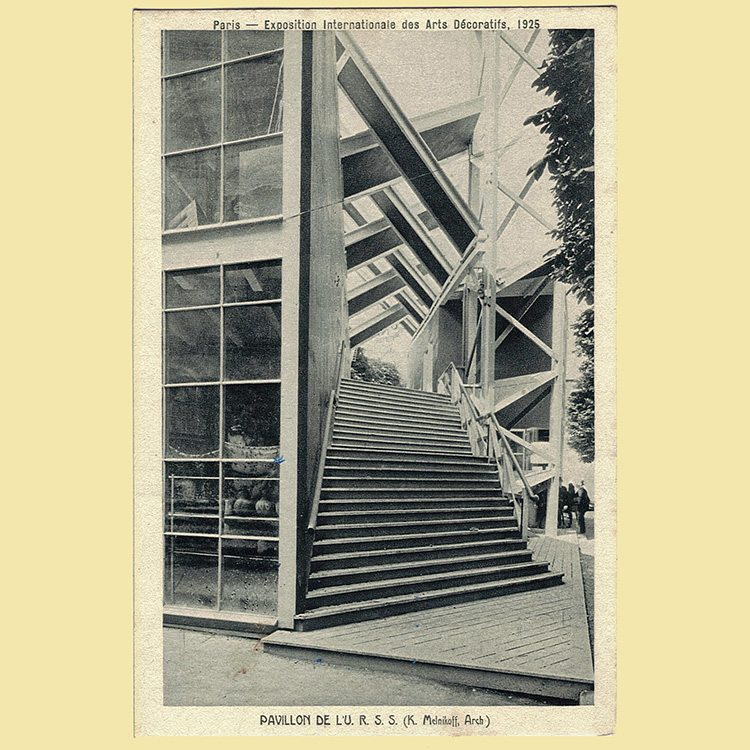 Access Diagonal Pavilion of the USSR in the International Exhibition of Arts Decoratifs Paris. Konstantin Melnikov, 1925
Access Diagonal Pavilion of the USSR in the International Exhibition of Arts Decoratifs Paris. Konstantin Melnikov, 1925
In 1929, another sample was held relevant to the history of architecture, precisely at the Museum of Modern Art New York. I would be an exhibition entitlednternational Style and curated by Philip Johnson, then a young architect; and the historian Henry Russel Hichtcock. The International Style would involve the presentation of the various aspects of the European avant-garde movement with the most important works of American architects of the moment.
 Home Catalogue Original written for the exhibition The International Style of 1929
Home Catalogue Original written for the exhibition The International Style of 1929
To reach other equally significant events like the World Fairs in New York and Moscow, both held in 1954. The first had a major role the pavilion sponsored by the company IBM and designed by Saarinen and Charles and Ray Eames. There thus emerges the vision of architecture as an instrument of propaganda and diplomacy at the service of the consolidation of the U.S. as global hegemon.
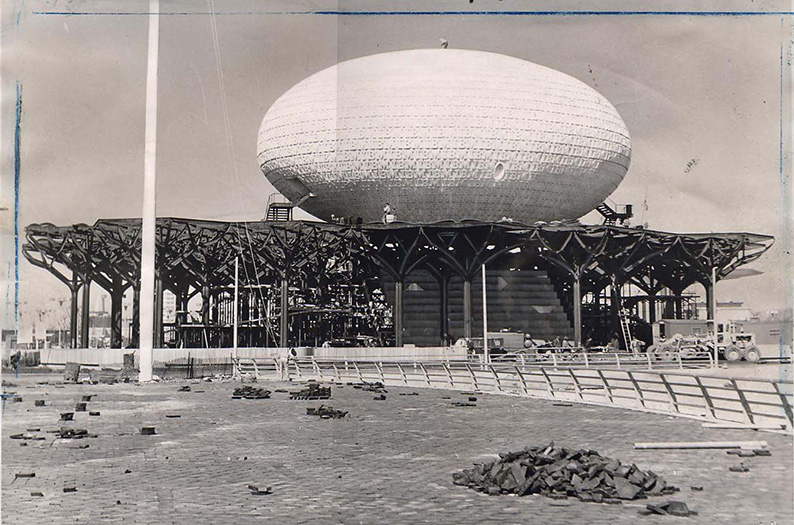 IBM Pavilion for the World Fair in New York. Eero Saarinen, 1954
IBM Pavilion for the World Fair in New York. Eero Saarinen, 1954
The speaker presented below also another interesting show held at the MoMA New York and entitled Architecture without architects (Architecture without architects), submitted 1964. A photographic celebration of the role of anonymous builders in the definition of contemporary architecture of the twentieth century. The author, Bernard Rudofsky, would use to reflect on the presentation of architectural exhibitions. In this regard, Bergdoll Rudofsky includes a quote from the question:
The exhibition design, as I understand it, is more than a presentation. It is a means of visual communication, the, to define it in a less pompous, is a challenge for the eye and the mind-basically, to help dwelling on things that otherwise you would not have drawn attention and that had not gone beyond the descriptions and images.
The conference ends with a reference to the group's propaganda architecture architects of Florence Superstudio. A collective, headed by Adolfo Natalini, I would try another way of thinking about architecture influence on society in the second half of the twentieth century. It was time to host reactive ideas coincide with the outbreak of the French May called. Members Superstudio disseminated these radicals and unmistakable personal assumptions about architecture and urbanism in an exhibition held in Pistoia 1968; almost like a manifesto again invites the revolution:
If the design is consumer induce then we deny the design.
If architecture reinforces the negative aspects of society we deny the architecture
If architecture and urbanism unfair formalize the current social division into classes then we also deny urbanism
Because these activities should be devoted specifically to meet basic needs of the population
Until then the design should disappear, we live without architecture.
At the following link (corresponding to 5th and last Conference that took place inthe National Arts in Washington Galleryof 5 May 2013) we can see in video transmission the full content of this interesting event.
A History of Exhibiting Architecture since 1750: Conflicting Visions: Commerce, Diplomacy, and Persuasion, Part 5
A History of Exhibiting Architecture since 1750. Grupo completo de Conferencias A.W.Mellon in the Fine Arts 2013
